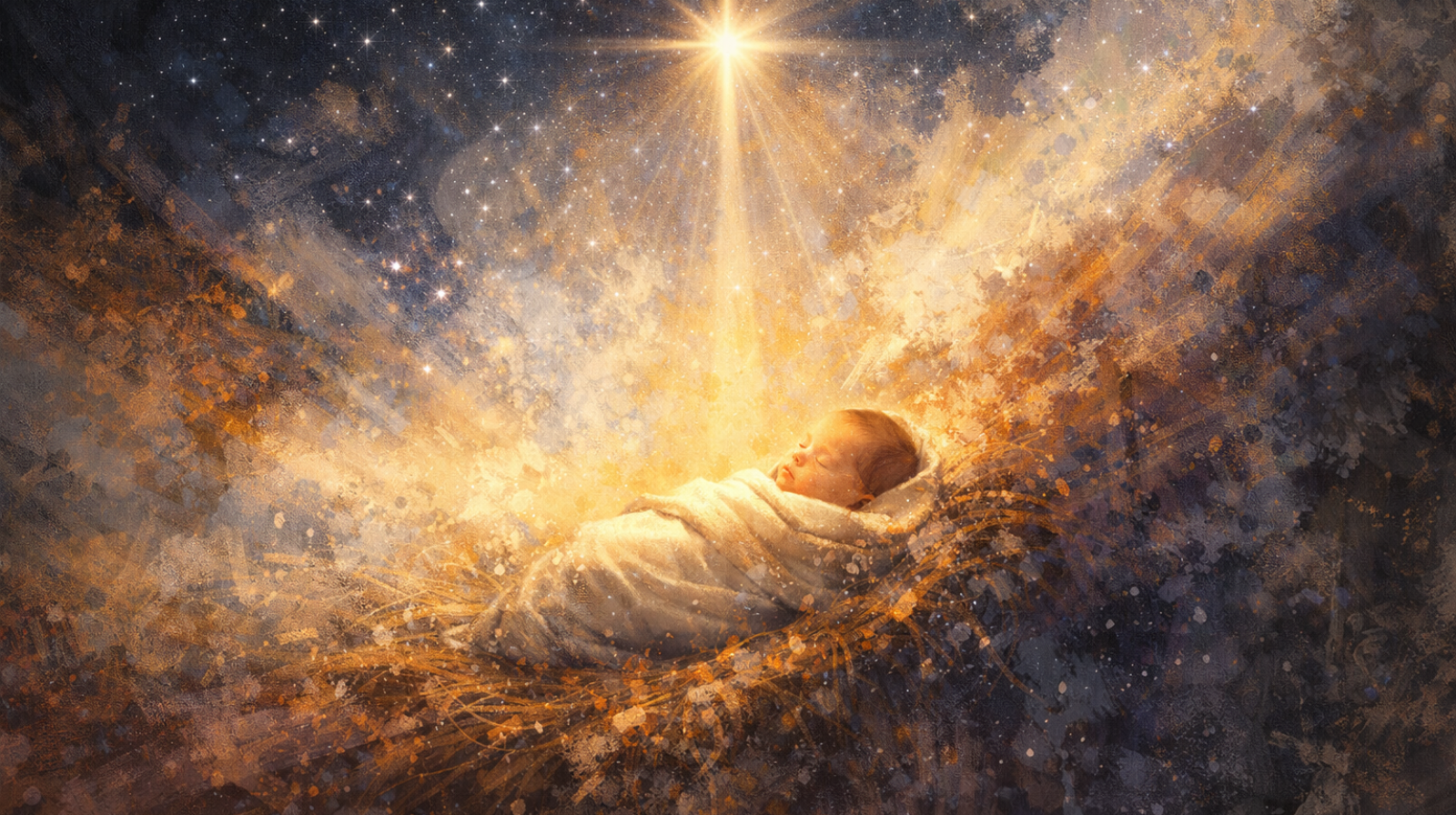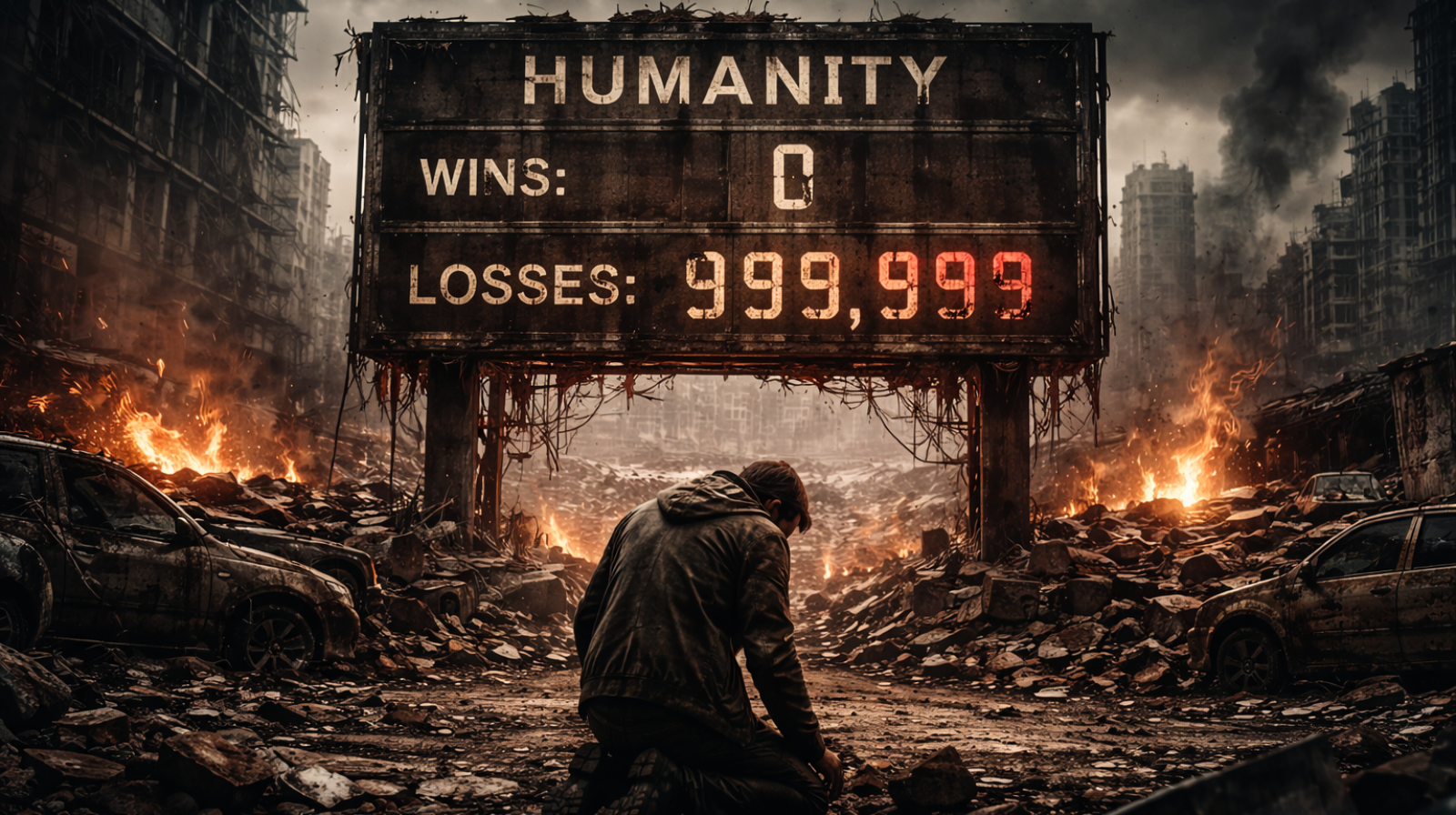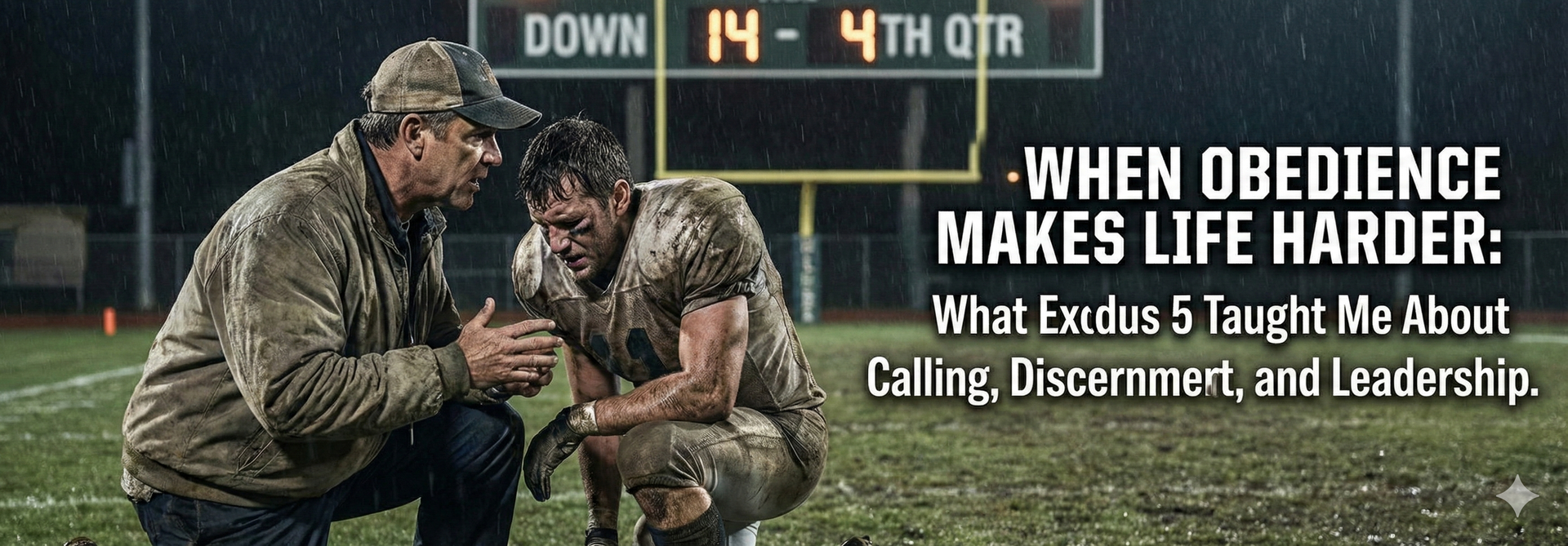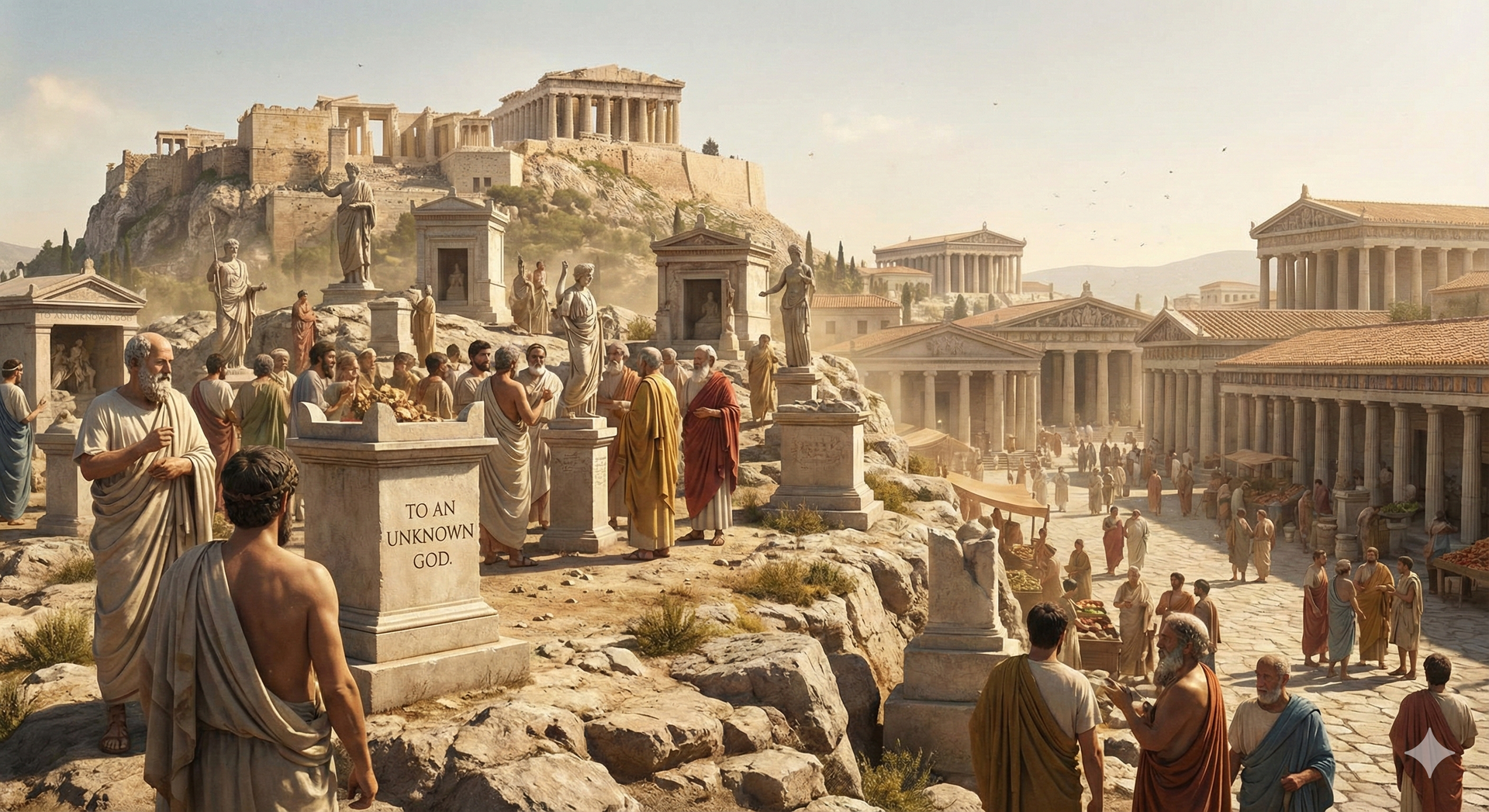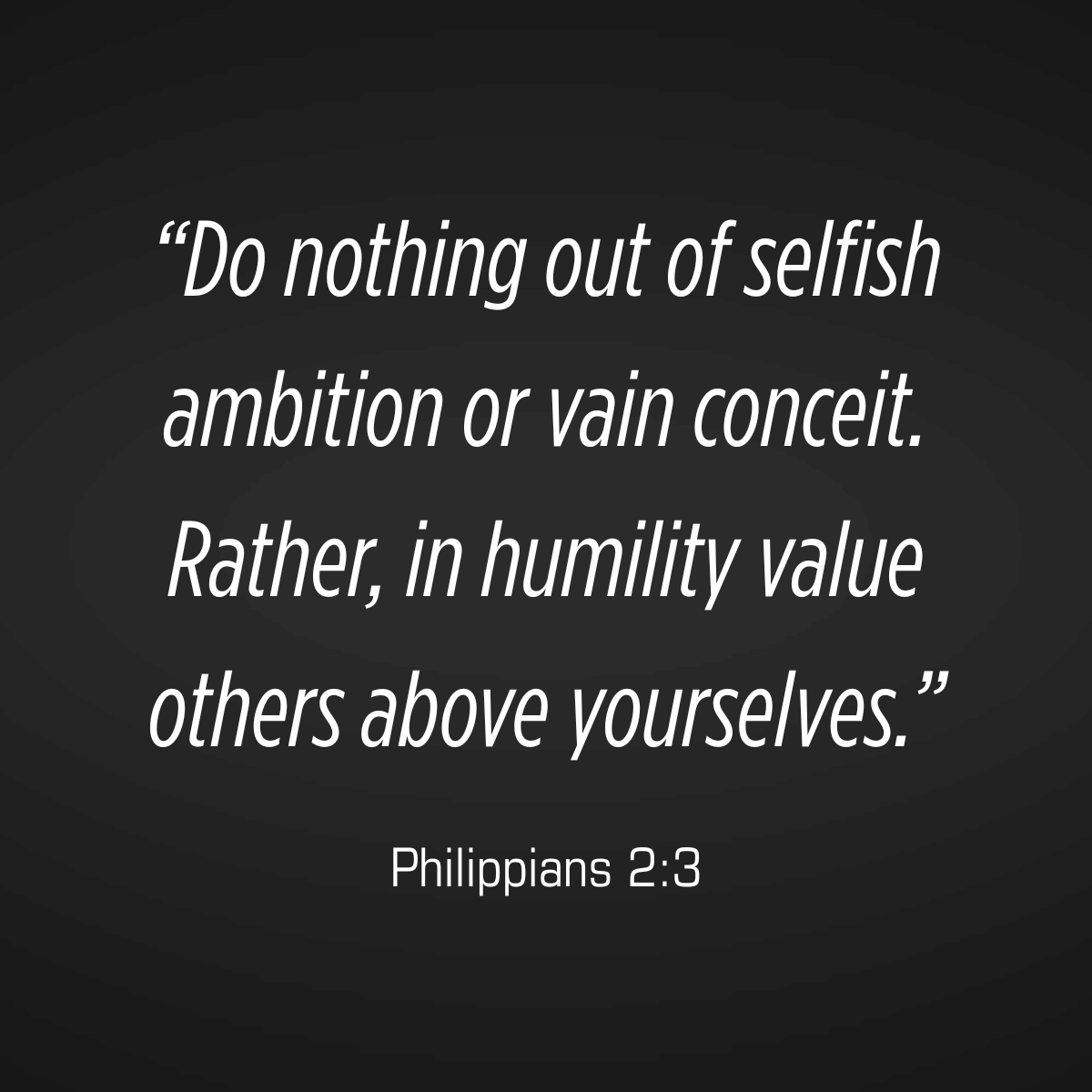When the Old Trail Disappears
It’s been more than twenty years, but I still remember it vividly.

One evening, my friend Bruce Hunt and I decided to head down to the Rappahannock River to fish. I had walked that trail countless times before. I could see it in my mind as clear as daylight — where it cut through the woods, the spots where roots made natural steps, the way it wound toward the steep hill that drops to the river.
I told Bruce I’d lead the way. But almost immediately, something was different.
The growth had thickened. Storms had blown trees across parts of the trail. New paths had been carved by others that didn’t exist before. The landmarks I depended on were either hidden or gone. The path I knew by heart was no longer there.
At first, I brushed it off. I kept walking, sure the old trail would open up again. I was leading, after all. But every turn led to more confusion. Every step forward seemed to add another layer of doubt.
We never even reached the steep hill. I could picture it in my mind, but we couldn’t find the way. And then the light started fading. You know how fast the woods grow dark when the sun dips. One minute it’s evening, the next it feels like night is rushing in.
That’s when the mission shifted. It wasn’t about reaching the river anymore.
It was about getting back safely. About retracing steps, second-guessing turns, and fighting the feeling that the truck might not be waiting where we left it.
That night, we never made it to the water.
What the Trail Taught Me
That evening has stayed with me for more than two decades. Because it’s not just about a fishing trip. It’s about life, relationships, and leadership.
Nothing stays the same.
Trails grow over. Landmarks fade. Storms reshape the landscape. What was once familiar becomes foreign. The map in your head doesn’t always match the ground under your feet anymore.
The same is true in life.
The same is true in marriage. The same is true in leading people.
- The conversation that once encouraged your child may no longer reach their heart.
- The play you ran last season may not work with this year’s team.
- The management style that motivated an employee ten years ago may leave them disengaged today.
If you keep insisting on the old trail, you’ll eventually end up lost.
Leadership and the Shifting Trail
Here’s what I’ve learned: leadership isn’t about having the perfect map. It’s about recognizing when the map no longer matches reality — and having the humility and courage to adapt.
Leaders get in trouble when they cling to how things used to be. This worked before, so it must work now. That’s when frustration builds. That’s when people stop following.The woods had changed. The trail was gone. My choice was simple: keep forcing the old way and risk the dark, or adjust and find a new route back.
Leadership works the same way.
Lessons for Life and Relationships
- Pay attention to growth. People aren’t the same today as they were yesterday. Your spouse, your kids, your teammates — they’ve been through things, they’ve changed. Don’t assume the old approach still works.
- Respect the storms. Life has a way of knocking trees across familiar paths. Illness, loss, transitions, and setbacks change people. Leaders who ignore the storms lose touch with their people.
- Adapt the path, keep the mission. The mission that night was to fish the river. But when reality changed, the mission became getting back safe. In leadership, we hold on tightly to the destination — but we must hold our methods loosely.
- Anchor in what doesn’t change. The only reason I can lead with flexibility is because I trust the God who never changes. Hebrews 13:8 says, “Jesus Christ is the same yesterday, today, and forever.” That truth gives me stability when everything else shifts.
Final Thought
Bruce and I never caught a fish that evening. But I caught something far more valuable.
Trails change. People change. Teams change. What used to guide you might not guide you anymore. And when that happens, the question every leader has to answer is simple:
Will I cling to the old path, or will I have the courage to find a new one?
That choice will define your leadership. It will shape your relationships. And it may just determine whether you and the people you’re leading make it back before dark.
Help Us Spread the Word and Share!




